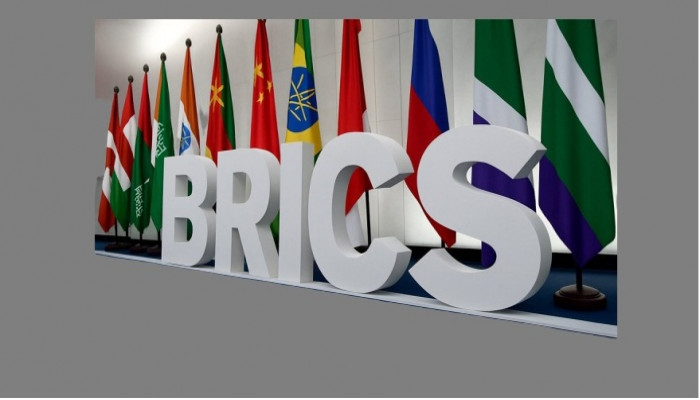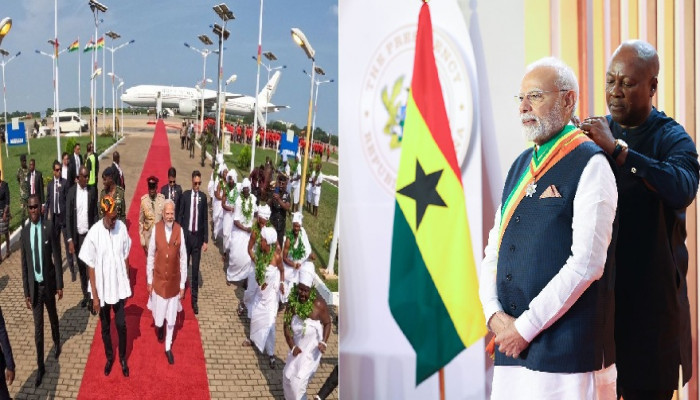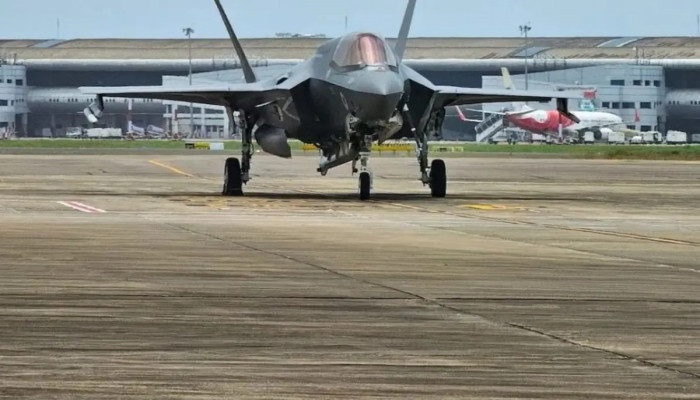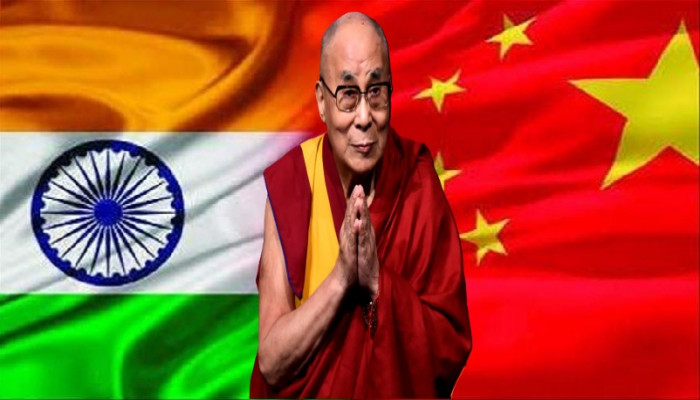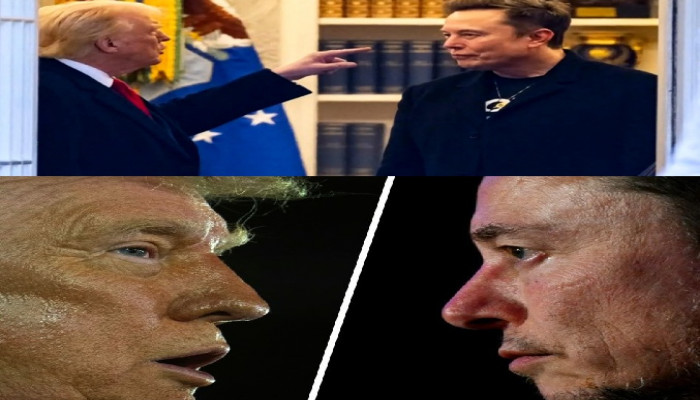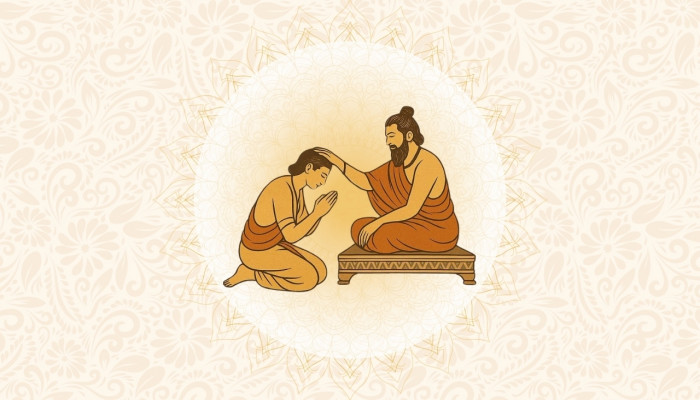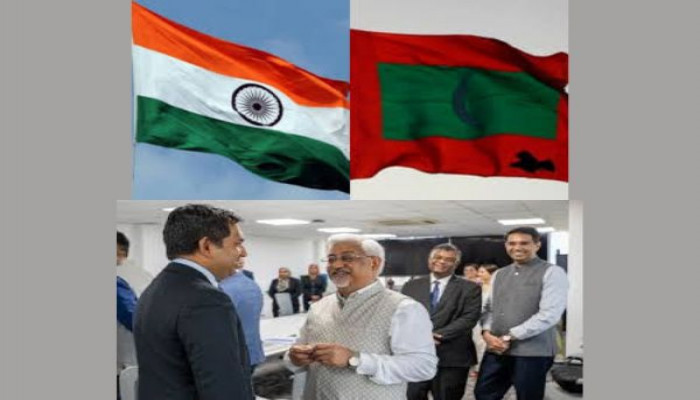- Jul 08, 2025
- Viren S Doshi
Featured Articles
Trump Administration and BRICS: Decoding Rio de Janeiro Declaration Amid CCP Influence and India’s Strategic Stand
The BRICS alliance—Brazil, Russia, India, CCP-occupied China, South Africa, and newer members Egypt, Ethiopia, Indonesia, Iran, and the United Arab Emirates—positions itself as a champion of the Global South, advocating for a multipolar world. However, the 2025 BRICS Summit in Rio de Janeiro, held on July 6–7, revealed fault lines, with the Chinese Communist Party (CCP) and President Luiz Inácio Lula da Silva-led Brazil casting a shadow over the bloc’s declaration. The Trump Administration’s aggressive tariff threats against BRICS nations, which are pursuing anti-American policies, further complicate the dynamics. Although these threats are not directly aimed at India, which has carved out a distinct path within the group by explicitly rejecting de-dollarisation, they nonetheless complicate the situation. This article examines the BRICS declaration’s credibility, the CCP’s grip on the bloc, Brazil’s role as a perceived CCP vassal, Xi Jinping’s absence, India’s bold stance, and the implications for U.S.-India relations. The BRICS Declaration: A Facade of Unity Under CCP Influence? The 2025 BRICS Summit declaration called for global governance reforms, expanded local currency trade, and cooperation among Global South nations, while criticising “unjustified unilateral protectionist measures.” On the surface, this appears as a unified push for economic autonomy. However, the declaration’s credibility is undermined by the CCP’s outsized influence and Lula led Brazil’s alignment with the CCP’s agenda. CCP-occupied China, contributing $41 billion to the $100 billion New Development Bank (NDB) and driving initiatives like de-dollarisation and SWIFT alternative, shapes BRICS’ financial ambitions. Brazil, under Lula, has increasingly aligned with CCP interests, deepening trade ties—CCP-occupied China is Brazil’s largest trading partner, with $157 billion in bilateral trade in 2024—and has endorsed the CCP’s de-dollarisation push. Lula’s administration, often criticised as authoritarian, has pursued a witch hunt against nationalist rival Jair Bolsonaro, banning him from running for office until 2030 on charges of election fraud, widely seen as politically motivated. This domestic consolidation mirrors Lula’s foreign policy, which prioritises CCP-led initiatives like the Belt and Road Initiative and local currency trade, positioning Brazil as a near-vassal state of CCP-occupied China within BRICS. The declaration’s rhetoric, particularly its condemnation of “protectionism”, aligns closely with the CCP’s narrative against U.S. tariffs. India and others, wary of CCP dominance, must have had embarrassing moments due to this CCP-Lula nexus, rendering the declaration more a reflection of CCP’s priorities than a consensus. Trump Administration and BRICS: A Targeted Threat The Trump Administration has taken a hardline stance against BRICS, particularly targeting nations pushing for de-dollarisation. President Trump’s Truth Social post warning that “BRICS is dead” if it challenges the U.S. dollar, coupled with threats of additional tariffs on BRICS nations pursuing alternative currencies, signals a confrontational approach. Additional tariffs, including on steel and aluminium and on countries aligning with “anti-American” BRICS policies, aim to deter the bloc’s financial ambitions. However, these threats are not directed at India as such / per se, which has explicitly rejected de-dollarisation and maintains a balanced approach within BRICS, prioritising trade diversification over anti-U.S. confrontation. India’s $120 billion trade relationship with the U.S. in 2024 and its firm stance against replacing the dollar aligns it closely with American interests, distancing it from the CCP’s agenda. Reserve Currency and De-Dollarisation: The CCP’s push for a BRICS currency, tentatively called the “Unit,” and trade in yuan or rubles directly challenges the U.S. dollar’s 88% share of global forex transactions. Lula led Brazil’s support for this initiative, including its shift to yuan-based trade with CCP-occupied China, which contrasts sharply with India’s position. India’s Ministry of External Affairs (MEA), through statements by External Affairs Minister S. Jaishankar, has made it clear that India is not in favour of de-dollarisation. EAM Dr. S. Jaishankar emphasised that the U.S. dollar remains “the currency of international trade” due to its stability and global acceptance, and India’s focus is on “de-risking” trade through rupee-based settlements, as seen in its $4 billion annual trade with Russia since 2022, rather than challenging the dollar’s dominance. This pragmatic approach mitigates risks from American sanctions without endorsing a CCP-led financial overhaul, shielding India from Trump’s tariff threats. Banking and Financial Systems: The CCP’s development of a SWIFT alternative and promotion of the digital yuan, backed by Lula, threatens U.S. financial control. The NDB and Contingent Reserve Arrangement, heavily funded by CCP-occupied China, further this goal. India, while supportive of NDB projects, resists the CCP’s broader financial dominance, aligning with U.S. concerns about the CCP’s influence and reinforcing its commitment to a dollar-based global financial system. Trade Issues: Trump’s tariffs, including on goods from CCP-occupied China and on Brazilian steel, aim to counter trade imbalances. Criticism of these measures in the BRICS declaration reflects CCP's position, while India’s focus on bilateral trade agreements with the U.S., particularly in IT and pharmaceuticals, mitigates direct conflict. Geopolitical Tensions: The declaration’s condemnation of military actions in the Ayatollah's Regime in Iran, silence on war in Ukraine, and Brazil’s endorsement of the CCP’s Middle East mediation efforts highlight a CCP-influenced anti-American tilt. India’s neutral stance on these issues avoids direct opposition to the U.S., preserving and promoting bilateral strategic ties as two self-reliant nations seeking limited synergistic interdependence but a compact strategic partnership. Is BRICS Dominated by the CCP? CCP-occupied China’s economic clout—$18.3 trillion GDP, the largest in BRICS—and its strategic initiatives give it significant sway. India and others actively counterbalance the CCP, with India resisting a yuan-dominated trade system and South Africa prioritising African partnerships. Brazil’s alignment with the CCP, driven by Lula’s pro-CCP policies, tilts the bloc’s agenda but faces resistance. For instance, India’s push for a BRICS Startup Forum and Brazil’s tariffs on goods from CCP-occupied China due to industrial overcapacity reveal internal fault lines and fractures. The declaration’s CCP-friendly tone thus reflects a compromise, not a mandate. Why Was Xi Jinping Absent from the Brazil Summit? Xi Jinping’s absence from the 2025 summit, replaced by Premier Li Qiang, raised eyebrows. Officially attributed to a “scheduling conflict,” the absence may signal internal CCP challenges, including a reported military purge and Xi’s reduced public appearances since June 2024. Alternatively, it could reflect the CCP’s frustration with BRICS’ resistance to its anti-American agenda, particularly from India. By sending a lower-ranking official, Xi may have signalled a strategic deprioritisation of the summit. The absence underscores the CCP’s struggle to fully control BRICS. India’s Bold Stance at the Summit Prime Minister Narendra Modi’s statement at the 2025 summit was a standout, boldly criticising “unfair trade and restrictive practices” that harm developing nations. Without naming CCP-occupied China, PM Narendra Modi’s remarks clearly targeted the CCP’s trade imbalances and resources, as well as supply chain monopoly, such as its $30 billion trade surplus with India and predatory pricing in sectors like steel and solar panels. He emphasised open markets and fair competition, aligning with U.S. concerns about the CCP’s economic practices. PM Narendra Modi’s emphatic call for a BRICS MSME Accelerator Program, for action on terrorism, for UN reforms, and enhanced digital cooperation further showcased India’s leadership in steering BRICS toward inclusive growth, countering CCP dominance. This remarkable stance, coupled with the MEA’s clear rejection of de-dollarisation, reinforced India’s strategic autonomy, distancing it from the CCP-Lula axis. Is India Against the U.S. Due to BRICS Membership? India’s BRICS participation does not equate to opposition to the U.S. Its strategic autonomy allows it to engage in BRICS while deepening U.S. ties through the Quad and bilateral trade. Implications for U.S.-India Relations India’s BRICS role strengthens its global influence without undermining U.S.-India relations. Key implications include: Economic Resilience: Trump’s tariff threats could impact India’s exports, but its focus on high-tech sectors like semiconductors and IT, coupled with U.S. investment, minimises fallout. India’s rejection of de-dollarisation, as articulated by the MEA, aligns with U.S. interests in maintaining dollar dominance. Geopolitical Synergy: India’s counterbalancing of the CCP in BRICS complements U.S. efforts to contain the CCP. The Quad partnership and PM Narendra Modi’s summit stance reinforce this alignment. Strategic Autonomy: India’s ability to criticise CCP practices and reject de-dollarisation while engaging in BRICS enhances its role as a bridge between the Global South and North, preserving U.S. ties despite Trump’s America First policies labelled as “protectionism” by opponents. Conclusion The 2025 BRICS declaration, tainted by CCP influence and Lula-led Brazil’s vassal-like alignment, lacks the credibility of a unified stance. While Lula’s pro-CCP policies and authoritarian crackdown on Bolsonaro align Brazil with the CCP’s agenda, India’s bold criticism of unfair trade practices and the Indian MEA’s clear rejection of de-dollarisation assert independence and counter the CCP’s dominance. The Trump Administration’s tariff threats target this CCP-led push, not India specifically, because India maintains strategic alignment with the U.S. through trade and geopolitical cooperation. India’s BRICS role strengthens its global stature while reinforcing U.S.-India ties, navigating Trump’s “America First” policies with deft autonomy.- Jul 06, 2025
- Ramaharitha Pusarla



